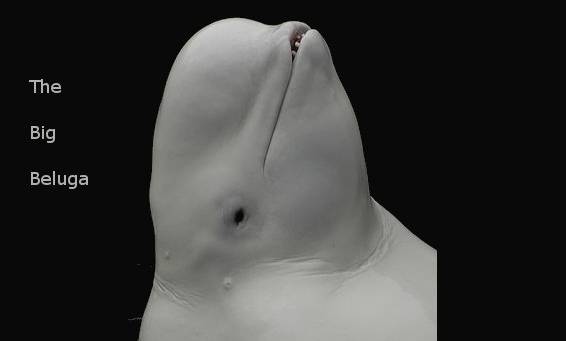I have been grappling with simile, analogy and metaphor because they are an indispensable part of language, and indeed, thought. Yet the distinction between them is fluid, some may say that they are all variations of analogy. In fact you could throw in quite a few more topics if you want, what about allegories or parables? There are even sub-categories of metaphor such as metonymy or synecdoche to deal with.
There are clearly overlaps between all of these but I think that our language has evolved the use of different terms to reflect a different innate process in our minds. For example, I think that simile is used to help us express the process of categorization that we all do very effectively and automatically. To put this process in words we have to say that one thing "is like" another thing so that the persons we are communicating with understand our categorization. For the most part I think that simile is intended to show as much of a direct correspondence or "mapping" as possible. A minimum of abstraction is desirable in a good simile. Yet it is possible to stimulate creative ideas by deliberately attempting to make similes out of things that are obviously not similar. The result is that the receiver of the simile will have to manufacture some type of abstract relationship in order to make the simile work.
I would place analogy at the next level of categorization. A good analogy has concrete similarities between the items being compared, just like a simile. However, it should also have an element of abstraction to it. An analogy can also work because the relationship between the two items being compared can be an abstract characteristic of each item. I think that this partial physical and partial abstract mapping is the key to a good analogy. This helps us to communicate ideas and experiences as well as characteristics. A good analogy also helps us to understand the concept we are trying to work with better because it gives us information about underlying relationships.
A metaphor is a comparison of abstractions, it does not have to have a physical correspondence. It captures underlying properties and relationships that not only explain the thing that we are trying to communicate, but allows for a new synthesis of ideas within the metaphor that map back onto the original subject. It allows us to look at a topic in a new and different way. Mathematics, for example, stands on its own as a consistent form of abstraction and reasoning. However, it becomes a metaphor for science because a scientist can abstract a thing that is being studied into a mathematical model which can then be manipulated to derive new facts and relationships about the original topic which were not known at the time that the metaphor was invoked.
I think that these concepts are hierarchical in nature moving from a greater degree of physical correspondence in the simile to the higher level of correspondence of abstract relationships in the metaphor, with analogy occupying a place in between. I think that the relationship between these ideas forms the basis of how we make sense of the world and how we do more creative things like science. I think it is important to have a model for how these concepts relate to other broader forms of thought such as induction and deduction and what I am trying to do here is outline a consistent framework.
The problem I am having right now is that as I research this topic I am encountering extensive literature on the topic. I am currently reading a book called "Mind Leaps" by Thagard and Holyoak which is on the topic of analogy. I think that they have a slightly different viewpoint but it will be interesting to see. Just another example of how I get diverted from writing about something by feeling the need to read about it.
Saturday, April 17, 2010
Subscribe to:
Post Comments (Atom)


No comments:
Post a Comment